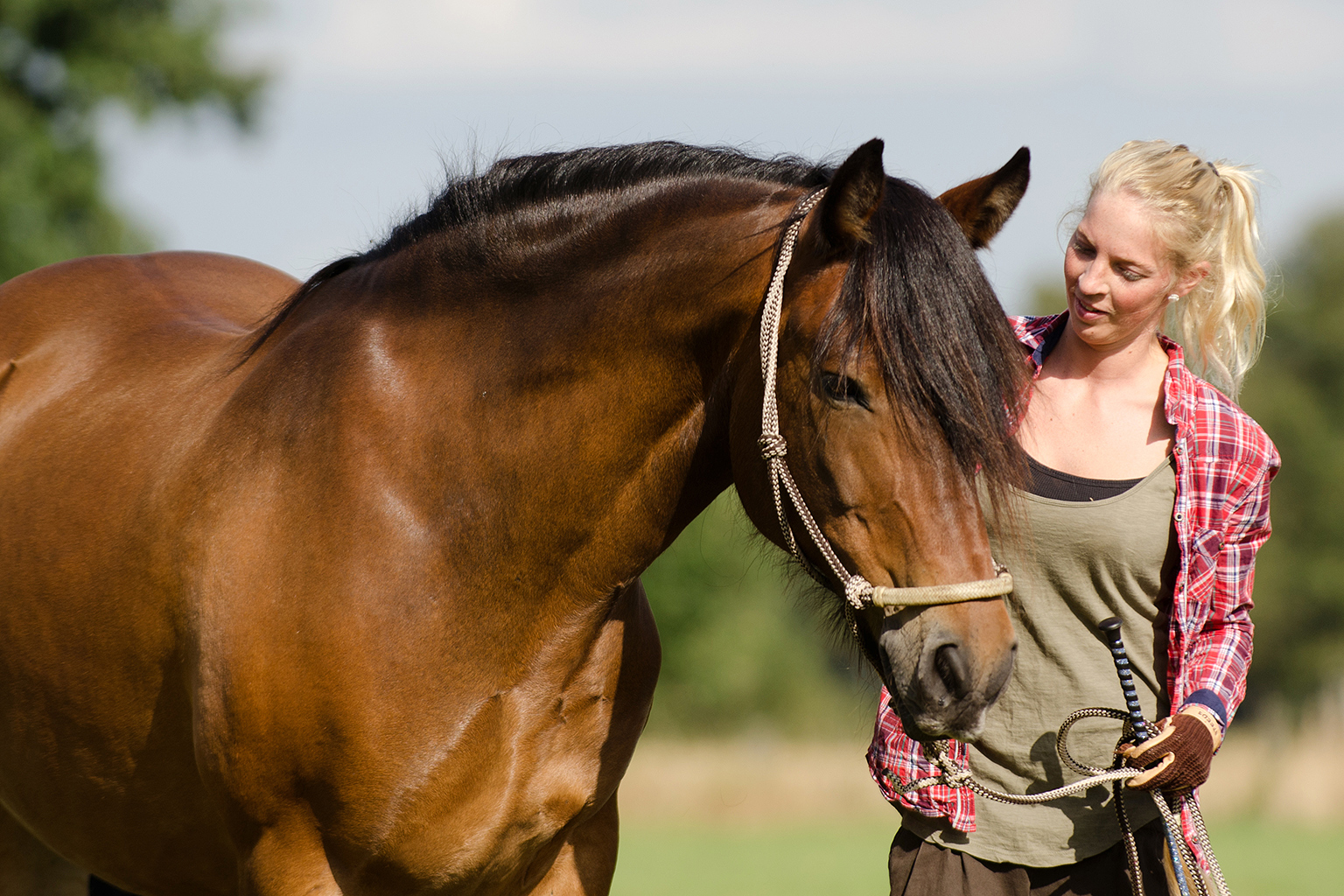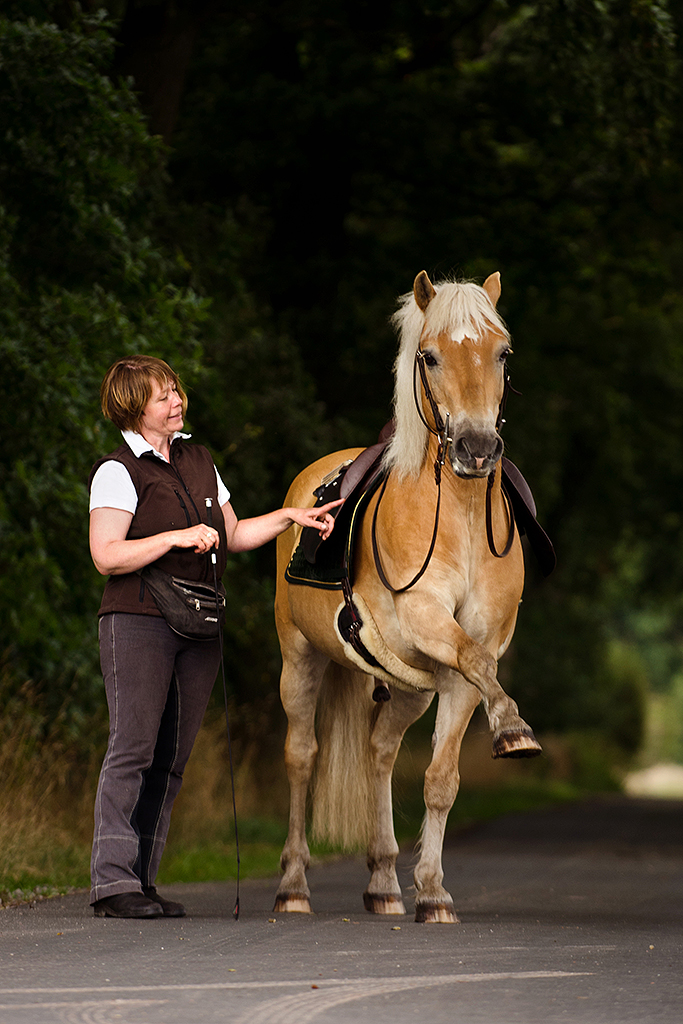The zero position’s role

Establish a base
In my opinion, we have to ask ourselves whether there is a zero position or not before we even start thinking about an idea for a new lesson, a creative signal or maybe about using a radically innovative approach in training. I think it is indispensable for every horse to know a zero position as starting point before I can successively demand various forms of behavior, or work on more specific details. The zero position is the initial position, thus becomes a part of every lesson, and can, therefore, be found in many different contexts. I only signal a certain lesson if the zero position has been established.

In praxis
The most common zero position is a neutral halting position. The horse stands in a relaxed manner next to the human being. Its head faces straight ahead, and it does not offer a new lesson, nor does it show inner agitation. From the horse’s point of view, performing Spanish walk or retrieving an object should only be demanded out of the zero position. So, the zero position becomes a precondition to perform a certain behavior, and thus receive rewards. It is a key lesson, and therefore, even more important than the actual lesson. I consider a lesson only as valuable if it can be stopped at any time, and can be restarted after this is requested.
Relaxed Standing – not like a lifeless statue
So, I practice standing relaxed next to me with all of my horses before I train and request other forms of behavior. It is of great importance to me that a horse stands in a really relaxed manner, has inner calmness, and does not tensely stay put. When a horse is waiting with tension it figuratively holds its breath, and counts in its mind the seconds it has to suffer until it receives the liberating signal that requests the performance of a certain behavioral response. In my opinion, training should never go that far. For me, it needs to be possible at any time to have a fully relaxed horse next to me instead of one that constantly searches opportunities for action.
Marlitt Wendt & Conny Ranz


